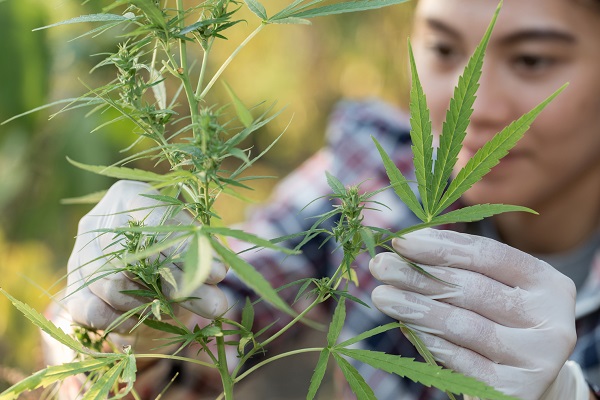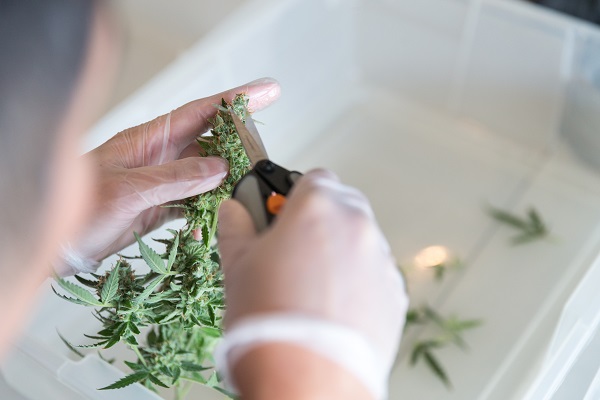
Similar to other crops, cannabis plants are susceptible to pests and disease. Pest control products are regulated by the Pest Management Regulatory Agency (PMRA), and their guidelines should be consulted on a regular basis. A few of the most commonly mentioned pests you may have to deal with in the cannabis industry include the following:
- Aphids
- Spider mites
- Fungus Gnats
More specifically, there is the phorodon cannabis, which is one of approximately four thousand species of aphid. How does the cannabis aphid, and other aphids, get into grow rooms? One entomologist in Colorado suggests that the movement of cuttings and other plant matter may be one reason for the spread of aphids from one locale to another, but it is difficult to know when these pests might show up. To learn more about the prevention, symptoms, and treatment of an aphid infestation, keep reading!
Use Cannabis Quality Assurance Training to Prevent an Aphid Outbreak
The PMRA has approved about twenty pesticides for use on cannabis plants, none of which are chemical insecticides. However, the list could change as more is learned. The best way to utilize the PMRA list is to apply your cannabis quality assurance training and take a preventative approach.
Here is a profile of one operation and their prevention procedures in 2018:
- Operation: 7Acres
- Yield: 11,000 pounds annually
- All cannabis is checked by a quality assurance team
- Workers and plants must be checked and cleaned in one zone before entering the grow room
- PMRA approved products are used for prevention and control

All cannabis is subject to mandatory testing for active pesticide ingredients
Furthermore, the quality control personnel at 7Acres emphasized the implementation of prevention processes as the key to their quality control. Additionally, they made time to understand which PMRA approved products were most effective for them.
What to Look for When You Look for Aphids
Aphids are trouble for any crop because they suck the nutrients from plant leaves and sometimes inject toxins or infect them with viruses. If the infestation is allowed to continue, they can also attract ants with their “honeydew” secretion, a substance that can also cause mould to grow. What to look for:
- Aphids can be green, yellow, black, brown, or red
- Oval shaped bodies
- They like the undersides of leaves
- Aphid infested plants will have yellowing and/or wilted leaves

Aphids are a problem for many types of plants
Some growers suggest checking plants weekly, while others suggest daily pest checks. As mentioned above, if you’re interested in cannabis quality assurance, then you will be interested in the prevention of pests and benefit from learning growing techniques, disease identification, and more. The more you know about problem pests and how they affect a crop, the better.
Treatments and Biocontrols for Aphids
One recommendation that is often characterized as the safest and most effective for eliminating pest infestations on cannabis plants is using biocontrols. If this is an option for your operation, here are some examples of biocontrol bugs:
- Ladybugs
- Parasitic wasps
- Crab spiders

Some testing and research will help you figure out if biocontrols are permissible for your operation
Ladybugs and crab spiders prey on aphids, while wasps will lay eggs in the aphids—halting their nutrient-sucking efforts and secretions. The other methods that are recommended by cultivators include pruning and cleaning infected areas, along with the aforementioned PMRA approved products. It is likely that quality control teams will have to use a combination of methods to make sure plants are clean and pest free.
Do you want to know more about cannabis quality assurance careers?
Visit the Academy of Applied Sciences today!



